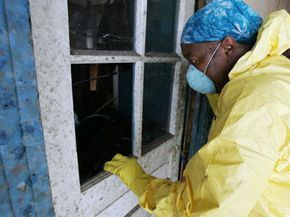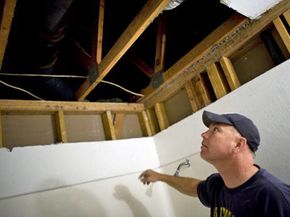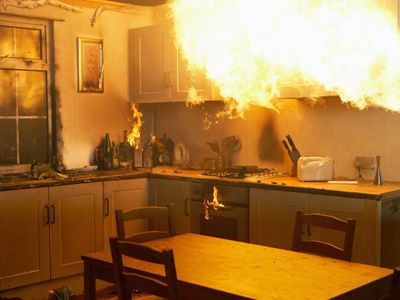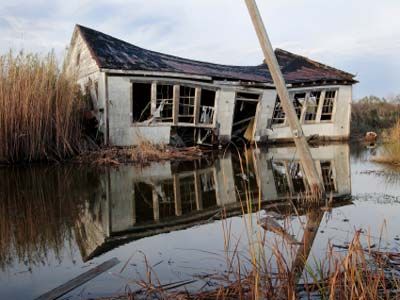Key Takeaways
- You can often detect mold in homes by smell, and its presence can lead to various health issues, particularly for individuals with respiratory conditions or allergies.
- You can test for mold through DIY kits or professional services, though the accuracy and necessity of pre-removal testing can vary.
- Effective mold management includes preventing moisture buildup by controlling humidity levels, repairing leaks and ensuring good ventilation to inhibit mold growth.
If you have mold in your home, your nose is one of the most inexpensive devises you can use to detect it. Mold smells, and chances are, you'll be able to detect the distinctive odor that taints the air around moldy walls, carpeting and other objects. The struggle is in understanding when mold is dangerous to your family or home.
The term toxic mold is a little confusing. Some molds, like Stachybotrys chartarum or black mold, produce mycotoxins, toxic substances that cause health problems in some people. There is no direct link yet between mold-produced toxins and serious conditions like idiopathic pulmonary hemorrhage in infants, but there are concerns that exposure to these toxins can exacerbate existing lung conditions and allergies, and possibly cause problems in otherwise healthy people. Common molds that aren't considered toxic also have the potential to cause reactions in some people, which makes it important to get rid of any type of mold you find in your home as soon as possible, particularly if you suspect that someone in your family is having a reaction to it. [source: CDC]
Advertisement
Mold can be scary. There are potential health implications for your family, and a mold outbreak can take a financial toll, too. Once established, mold can be very invasive, releasing millions of spores into your home. Many homeowners' insurance policies now exclude or limit coverage for mold related problems.
In the next few pages, we'll take a closer look at mold and evaluate some common methods of testing for it and dealing with it.
First up, let's learn a little more about household mold.
Advertisement



